When did tiny homes become popular? Since 1930s, Have you had the opportunity to acquaint yourself with the tiny home movement? It has indeed become a pervasive phenomenon, storming the world over the course of the past decade and displaying no evidence of deceleration.
These dwellings range from cozy cabins to minimalist urban residences and have become an increasingly prevalent housing choice for those seeking a more straightforward, more cost-effective, and more sustainable lifestyle.
Yet, the question remains: when did this trend emerge, and what factors led to its massive following? In reality, the tiny home movement has been around for much longer than most people.
Its roots can be traced back to the early 20th century, when individuals began to embrace the notion of residing in smaller, more streamlined abodes.
However, it was not until the financial crisis of 2008 that the tiny home movement truly began to gain traction. As housing prices began to skyrocket and the economy began to slump, more and more individuals sought out alternatives to conventional homes.
Enter the tiny home—an affordable and environmentally friendly solution that has enabled people to live a more simplistic lifestyle while also reducing their carbon footprint.
Through the course of this piece, we shall delve into the history of tiny homes, the factors that propelled their rise to prominence, and some of the most innovative and creative tiny home designs that have captivated the attention of the world.
This article is sure to get you interested, whether you like simple living or just want to know more about the tiny home trend.
When did tiny homes become popular? (Discovery and History)
Tiny homes, also known as micro homes, have become increasingly popular over the past decade. These small dwellings, typically ranging from 100 to 400 square feet, offer an alternative to the traditional concept of home ownership.
While the idea of living in a small space is not new, the modern tiny home movement can be traced back to the early 2000s. In 2002, Jay Shafer founded the Tumbleweed Tiny House Company, which became one of the leading companies in the tiny home industry.
The economic recession in 2008 also played a role in the rise of tiny homes. Many people were looking for more affordable housing options and saw tiny homes as a way to downsize and simplify their lives.
Additionally, the environmental benefits of living in a small space also became more apparent during this time.
Today, tiny homes are a viable option for those looking to live a more minimalist and sustainable lifestyle.

The man who created the first tiny house
In recent years, the tiny house movement has gained tremendous popularity, with people looking to downsize their living space and live more simply. But did you know that the concept of tiny homes has been around for much longer than you might think?
The man credited with creating the first tiny house is Jay Shafer, an American designer who built his first tiny home in 1997.
Shafer was living in a 500 square foot home at the time but felt that it was still too big and wanted to downsize even further. He built a 96 square foot home on wheels, which he called the Tumbleweed Tiny House Company.
Shafer’s tiny house was not only small, but it was also built with sustainability in mind. He used environmentally friendly materials and designed the home to be energy-efficient.
The house was so well-received that Shafer started the Tumbleweed Tiny House Company, which has since become one of the leading tiny house builders in the United States.
Today, the tiny house movement has grown to include people from all walks of life, looking to live a simpler and more sustainable lifestyle. And it all started with Jay Shafer and his vision for a smaller, more sustainable home.
Also useful articles: Tiny House You Can Tow
Top pick
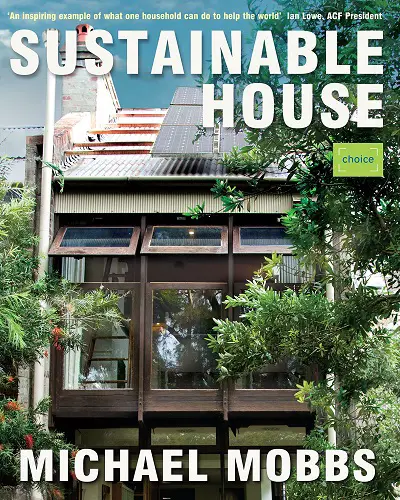
Editor’s choice

Best value

How television helped tiny homes gain popularity
Tiny homes have been around for quite some time, but it wasn’t until recently that they started gaining significant attention. One factor that contributed to the surge of tiny homes’ popularity is television.
In particular, television shows like “Tiny House Nation” and “Tiny House Hunters” have helped to bring tiny homes to the forefront of people’s minds.
These shows have showcased the benefits of tiny living, such as financial freedom, mobility, and the ability to reduce one’s environmental impact.
They have also highlighted the unique design features and clever storage solutions that make tiny homes functional and attractive.
Through these shows, viewers have been able to see firsthand what it’s like to live in a tiny home and imagine themselves doing the same.
Additionally, the shows have inspired many individuals to pursue the tiny home lifestyle themselves, leading to an increase in demand for tiny homes and a surge in the tiny home industry.
Television has played a significant role in helping tiny homes gain popularity.
By showcasing the benefits and unique features of tiny living, these shows have inspired viewers to consider a tiny home lifestyle and have led to an increase in demand for tiny homes.
Also useful articles: Tiny Homes You Can Pull With A Truck
Why is tiny house so important?
Tiny houses have been gaining in popularity in recent years, and for good reason. These small dwellings offer many benefits that are often overlooked by those who are accustomed to living in larger homes.
In this blog post section, we’ll explore some of the reasons why tiny houses are so important.
Firstly, tiny houses are much more affordable than traditional homes. They require less building materials, less land, and less energy to maintain, which means that they are more sustainable and have a smaller carbon footprint.
In addition, living in a tiny house means that you can avoid the high costs of rent or a mortgage.
Secondly, tiny houses promote a minimalist lifestyle. By living in a small space, you are forced to prioritize what is truly important and get rid of unnecessary possessions.
This can lead to a more intentional and fulfilling life, as you focus on experiences rather than material possessions.
Lastly, tiny houses can be used to address the issue of homelessness. With their low cost and small footprint, tiny houses can provide safe and affordable housing for those who are struggling to find a place to live.
Overall, tiny houses offer many benefits that are often overlooked in our culture of excess. By embracing a minimalist lifestyle and promoting sustainability, tiny houses can help us create a better future for ourselves and the planet.
Also useful articles: Can Tiny Homes Have Basements?
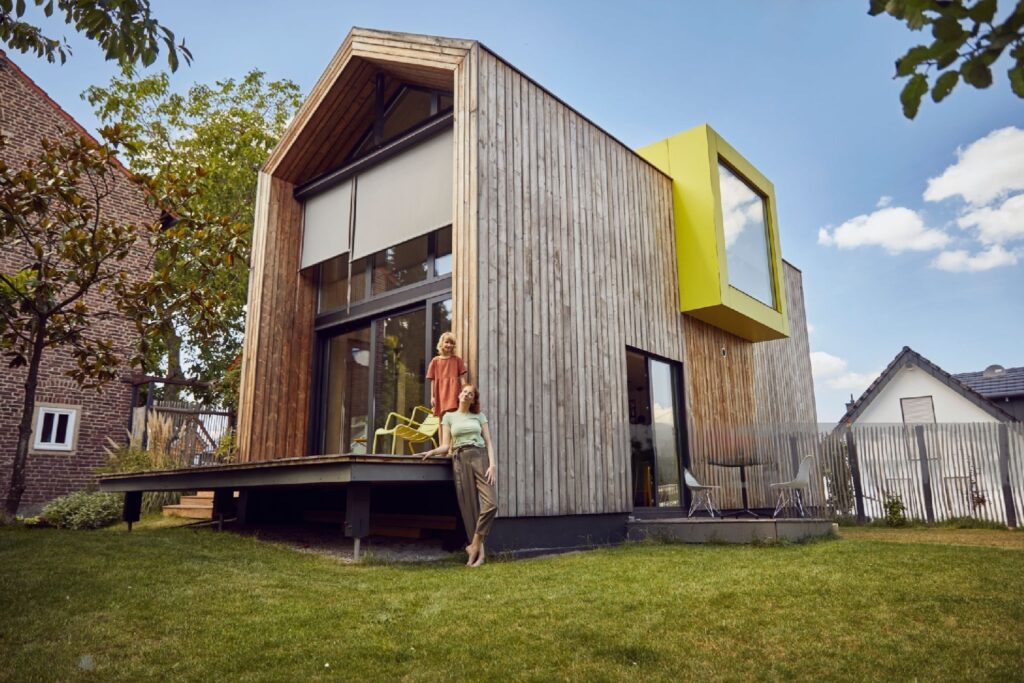
How tiny house gain popularity outside the US
Tiny houses, also known as micro homes or compact living spaces, are gaining popularity all around the world. While the concept originated in the United States, it has now spread to other parts of the globe.
One reason for the growing popularity of tiny homes is the rising cost of real estate in many countries. With property prices skyrocketing, people are looking for more affordable housing options.
Tiny homes provide an excellent solution for those who want to live in a comfortable space while still saving money.
Another reason for the popularity of tiny homes is the growing trend towards minimalism and sustainability. People are increasingly aware of the impact their lifestyle choices have on the environment, and many are choosing to live a more eco-friendly lifestyle.
Tiny homes use fewer resources, require less energy to heat and cool, and produce less waste, making them an attractive option for environmentally conscious individuals. The rise of social media has helped spread the popularity of tiny homes.
Photos and videos of beautifully designed and creatively furnished tiny homes have gone viral on platforms such as Instagram and Pinterest, inspiring people around the world to embrace the tiny living movement.
The popularity of tiny homes has gone beyond the US borders due to factors such as affordability, sustainability, and social media influence.
As more people look for ways to live a simpler, more sustainable lifestyle, we can expect to see more tiny homes popping up in cities and towns around the world.
Also useful articles: Can Tiny Homes Withstand Hurricanes
Top pick

Editor’s choice
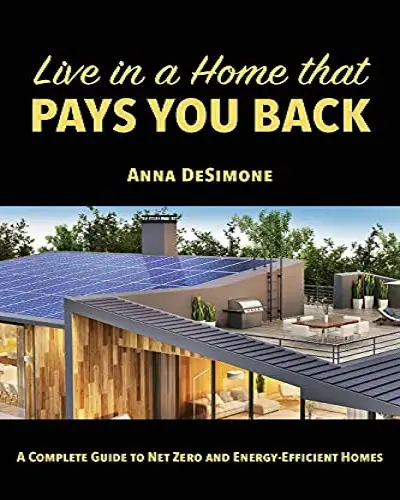
Best value

How small house will solve housing crisis
The housing crisis has been a major concern for many years, with skyrocketing prices and a shortage of affordable homes in many cities.
One potential solution to this problem is the small house movement, which advocates for the use of tiny homes as a way to combat the housing crisis.
Small houses offer a number of benefits. They are typically less expensive to build and maintain than traditional homes, and they require less space, making them ideal for urban areas where space is at a premium.
In addition, they can be built quickly, making them an attractive option for those in need of housing right away.
Small houses also have a smaller environmental footprint than traditional homes. They use fewer materials and require less energy to heat and cool, making them a more sustainable housing option.
Additionally, because they take up less space, they can help to preserve natural habitats and open spaces.
While the small house movement may not be the solution to the housing crisis on its own, it can be part of a larger effort to provide more affordable, sustainable, and efficient housing options.
By embracing this approach, we can help to create more livable, vibrant communities that benefit everyone.
Also useful articles: Shipping Container Homes Michigan
The importance or benefits of mini house living
The idea of living in a small, compact space may seem daunting at first, but the benefits of this lifestyle are numerous. One of the most obvious benefits of mini house living is the cost savings.
Building or purchasing a tiny house is significantly cheaper than buying a traditional house, and the ongoing costs of maintaining and heating a tiny house are much lower. This can be a great option for those who are looking to downsize or who want to live a more minimalist lifestyle.
Another benefit of mini house living is the environmental impact. Tiny houses require less energy to heat and cool, which means a smaller carbon footprint. Additionally, many tiny house owners choose to use eco-friendly materials and appliances in their homes, further reducing their environmental impact.
Living in a tiny house also promotes a simpler lifestyle. With limited space, there’s less room for excess clutter and possessions, which can lead to a more streamlined and intentional way of living. This can be a great way to prioritize what’s truly important in life and eliminate distractions.
In conclusion, mini house living has numerous benefits, including cost savings, environmental impact, and promoting a simpler lifestyle. While it may not be for everyone, it’s certainly a viable option for those looking to downsize and simplify their lives.
Also useful articles: How Much Do Tiny Homes Weigh

What is tiny apartment movement?
The tiny house or apartment movement, also known as micro-living, is a trend in urban living that emphasizes minimalist, efficient, and compact living spaces.
These apartments typically have a floor area of less than 400 square feet and are designed to maximize functionality and livability within a small space.
This movement is gaining popularity due to a number of factors, including rising housing costs, the desire for a simpler lifestyle, and a growing concern for the environment.
Tiny apartments are also seen as a way to reduce our carbon footprint, as they typically require less energy to heat and cool, and they take up less space, leaving more room for green spaces and public areas.
Despite their small size, tiny apartments can be surprisingly functional and comfortable. They often incorporate clever design features such as multi-functional furniture, hidden storage, and creative use of vertical space.
Some even come with communal amenities such as rooftop gardens, fitness centers, and shared workspaces.
Overall, the tiny apartment movement offers an attractive solution for those who want to live in the heart of the city without breaking the bank or sacrificing quality of life.
Also useful articles: Can You Use A Shed As A Tiny House?
Building a tiny apartment – Cost, design and planning
Building a tiny apartment is becoming increasingly popular in urban areas, as people are looking for affordable and sustainable housing options. However, building a tiny apartment comes with its own set of challenges, including cost, design, and planning.
The cost of building a tiny apartment can vary depending on a number of factors, including location, size, and materials. While it may be tempting to go for the cheapest materials, it’s important to remember that durability and longevity should also be considered in order to avoid costly repairs down the line.
Design is another important aspect of building a tiny apartment. It’s important to maximize every inch of space, while still creating a comfortable and functional living environment. This can be achieved through clever storage solutions, multi-functional furniture, and smart layout planning.
Planning is also crucial when building a tiny apartment. It’s important to research and adhere to local building codes and regulations, as well as consider the potential for future expansion or resale value.
Building a tiny apartment can be a great solution for those seeking affordable and sustainable housing options. However, careful consideration of cost, design, and planning is essential to ensure a successful and comfortable living space.
Also useful articles: Tiny Homes Oregon
Zoning issues with tiny houses
Tiny houses are a popular trend in the housing industry today, with more and more people choosing to downsize and live more sustainably. These small dwellings offer a cost-effective and eco-friendly way of living, but zoning regulations can make it challenging for tiny house enthusiasts to find a place to park their homes.
Zoning laws regulate the use of land in cities and towns, and they dictate how homes can be built and used. Tiny houses often fall outside of traditional zoning categories, making it difficult for tiny house owners to find suitable land.
For instance, many zoning laws require a minimum square footage for dwellings, which tiny houses often don’t meet. Similarly, some areas have restrictions on how long a dwelling can be occupied, which makes it difficult for tiny house owners who want to live in their homes full-time.
To address these zoning issues, some states and cities have begun to revise their regulations to accommodate tiny houses.
In some cases, tiny houses are classified as RVs, allowing them to be parked in RV parks or on private land. Other communities are creating tiny house villages where residents can park their homes legally and enjoy a sense of community.
In conclusion, zoning issues can make it difficult for tiny house enthusiasts to find a place to park their homes. However, as the tiny house movement gains momentum, more cities and towns are rethinking their zoning laws to accommodate this growing trend.
If you’re interested in living in a tiny house, it’s essential to research zoning laws in your area and work with local officials to find a solution that works for everyone.
Also useful articles: Trailer For Tiny House

Legal information about tiny houses
Tiny houses have become increasingly popular in recent years as a more sustainable and affordable alternative to traditional homes. However, many people may not realize that building and living in a tiny house may have legal implications.
Firstly, it is important to note that building codes and zoning laws vary by state and local jurisdiction, which means that what may be legal in one area may not be in another.
In some places, a tiny house may be considered a recreational vehicle and subject to regulations for RVs, while in others, it may be required to meet the same building codes and permits as a traditional home.
Additionally, the size of the tiny house may also affect its legal status. In some areas, a tiny house may be considered an accessory dwelling unit (ADU), which is subject to its own set of regulations and may require approval from the local government.
It is also important to consider the legal implications of living in a tiny house, such as property taxes, insurance, and potential zoning violations.
Before deciding to build or live in a tiny house, it is important to consult with local authorities and a legal professional to ensure that all legal requirements are met.
Overall, while tiny houses can be an appealing and sustainable housing option, it is important to understand and comply with all legal requirements to avoid potential legal issues down the road.
Also useful articles: Tiny Homes For Sale Georgia
Top pick
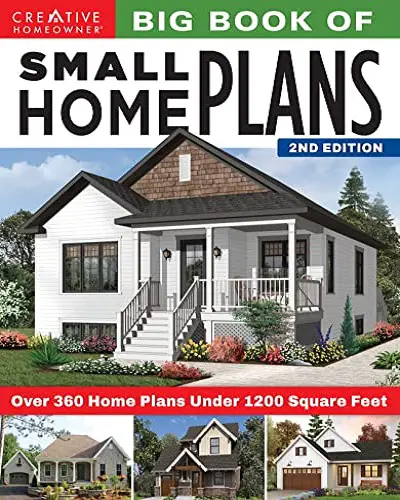
Editor’s choice
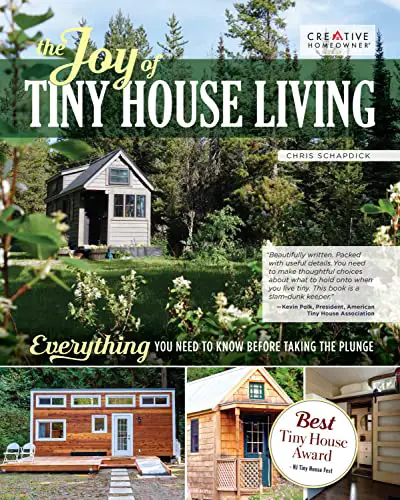
Best value
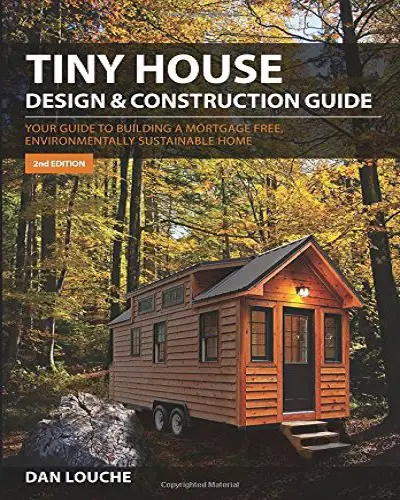
Pros and cons of a small apartment
Living in a small apartment can be a mixed experience. While some people might find it cozy and manageable, others may find it too cramped and unlivable. Here are some pros and cons of living in a small apartment that can help you decide whether this living arrangement is right for you.
Pros:
- Cost: One of the most significant advantages of living in a small apartment is cost. Smaller spaces generally have lower rent or mortgage payments, which can save you a considerable amount of money each month. Additionally, since you have less space to furnish and decorate, you can save on furniture and other household items.
- Coziness: Small apartments can be cozy and inviting, especially if you decorate them in a way that makes the most of the space available. When you live in a small space, you are forced to make the most of what you have, which can lead to creative solutions that make your apartment feel unique and personal.
- Low maintenance: Small apartments are generally easier to clean and maintain than larger spaces. With fewer rooms to take care of, you can spend less time and money on cleaning supplies and services. Plus, when you have less space, you are less likely to accumulate clutter and unnecessary items, which can make your home feel more organized and tidy.
Cons:
- Limited space: Perhaps the most significant disadvantage of living in a small apartment is the limited space available. You may find yourself struggling to fit all of your belongings in the available storage space, which can lead to a feeling of claustrophobia and discomfort.
- Lack of privacy: In a small apartment, it can be challenging to find a space where you can be alone and have some privacy. This can be especially true if you live with other people or have noisy neighbors.
- Difficulty entertaining: If you enjoy hosting guests, a small apartment can be a challenge. Limited space means that you may not have enough seating or room for people to move around comfortably, which can make entertaining a stressful experience.
Living in a small apartment can be a great way to save money, enjoy a cozy and intimate living space, and minimize the amount of time and money you spend on maintenance.
However, it can also be challenging to live in a limited space, and you may find yourself struggling to find privacy or entertain guests. Ultimately, the decision to live in a small apartment depends on your personal preferences and need.
Also useful articles: How Much Are Shipping Container Homes?
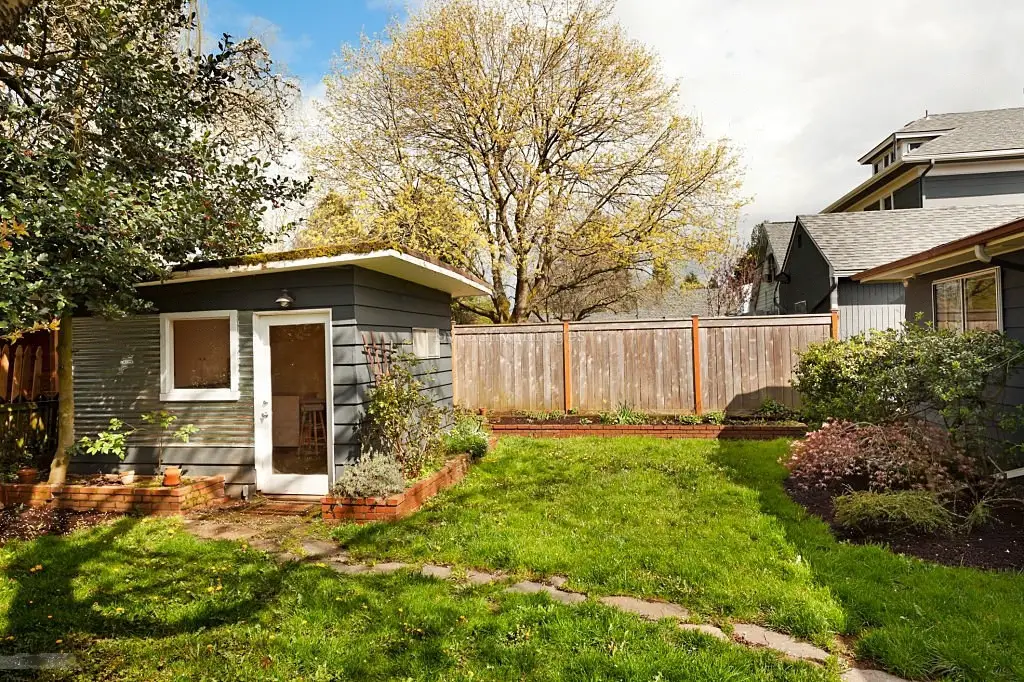
FAQ
1. Why did tiny homes become popular?
“Tiny homes gained popularity due to their affordability, minimalist lifestyle, and eco-friendliness. They offer a simpler way of living and financial freedom.”
2. When did tiny homes get popular?
“The popularity of tiny homes started to rise in the early 2000s, with a significant increase in interest and demand over the past decade.”
3. Who started the tiny house trend?
“The tiny house trend is a culmination of various factors, including the environmental movement, rising housing costs, and social media. There’s no single founder or originator of the trend.”
4. Are tiny homes becoming more popular?
“Yes, tiny homes are becoming increasingly popular due to their affordability, minimalism, and eco-friendliness. They offer an alternative to traditional housing and appeal to a wide range of people.”
Final thought
In conclusion, tiny homes have become popular in recent years due to a combination of factors, including the desire for more sustainable and affordable living, the trend towards minimalism and simplicity, and the rise of social media and online communities that promote tiny house living.
Despite some challenges and obstacles, tiny homes have proven to be a viable housing option for many people, offering a unique blend of affordability, mobility, and environmental sustainability.
From innovative designs to clever storage solutions, tiny homes continue to inspire and challenge traditional notions of what it means to live well.
Whether you’re looking to downsize, reduce your carbon footprint, or simply embrace a simpler way of life, tiny homes offer a world of possibilities. So, if you’re thinking of joining the tiny house movement, there’s never been a better time to start.
As we’ve seen, the history of tiny homes goes back decades, but it’s only in recent years that they’ve really taken off as a mainstream housing option.
From the early days of cabin and trailer living to the modern-day tiny home movement, the popularity of these pint-sized dwellings shows no signs of slowing down.
So, if you’re ready to join the tiny house revolution and start living big in a small space, there’s never been a better time to get started. With so many exciting and innovative designs to choose from, the possibilities are endless!
Also useful articles: Tiny Homes Texas

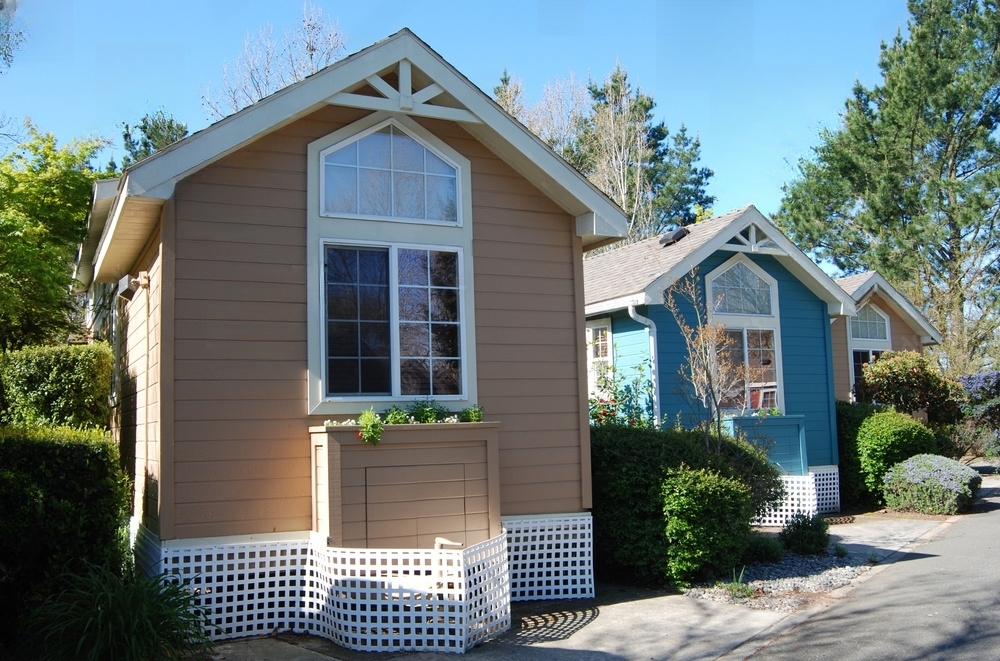
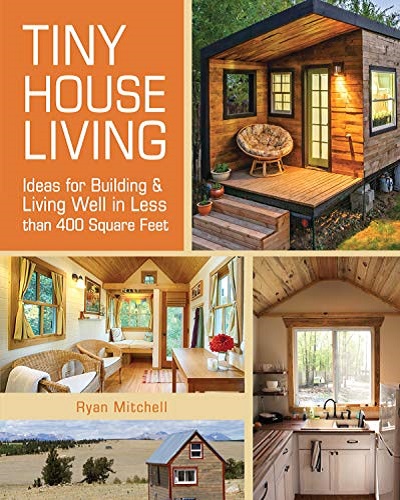
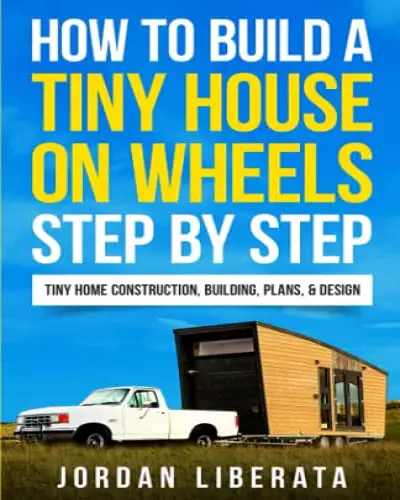
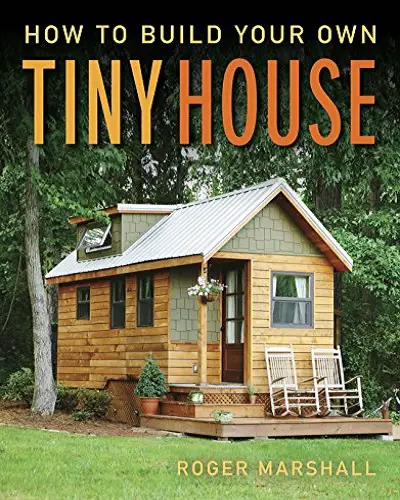
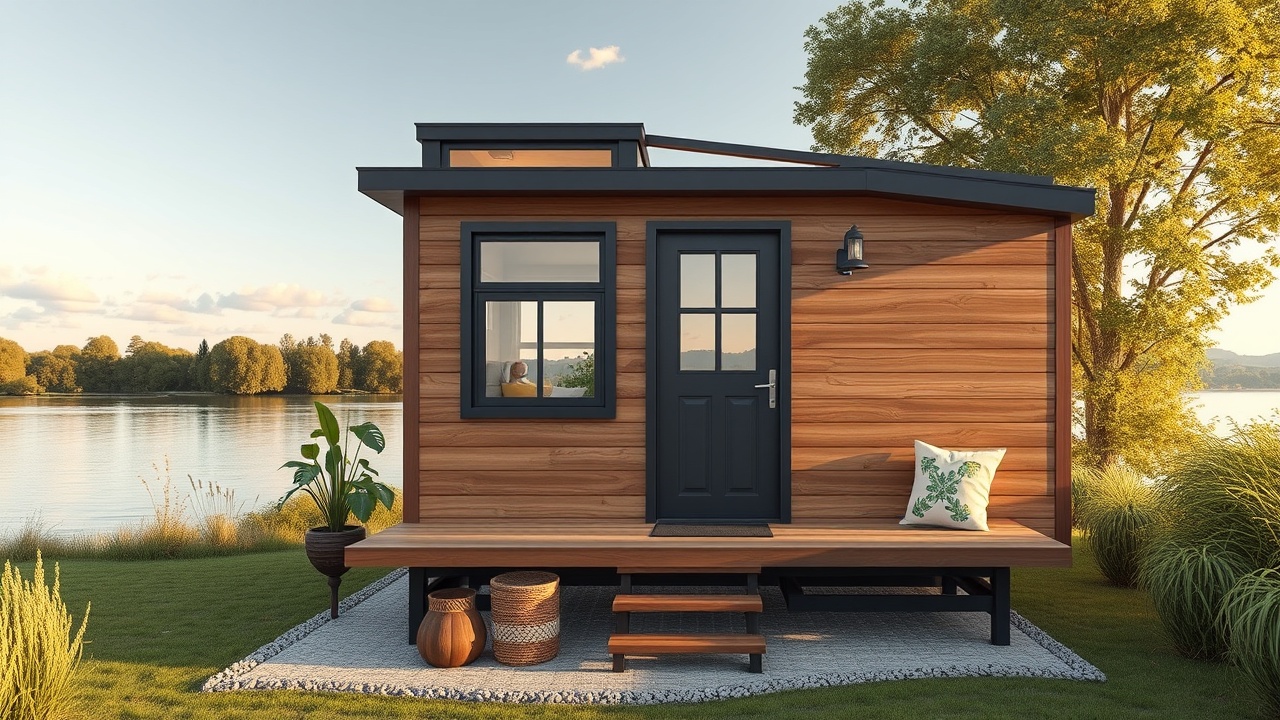
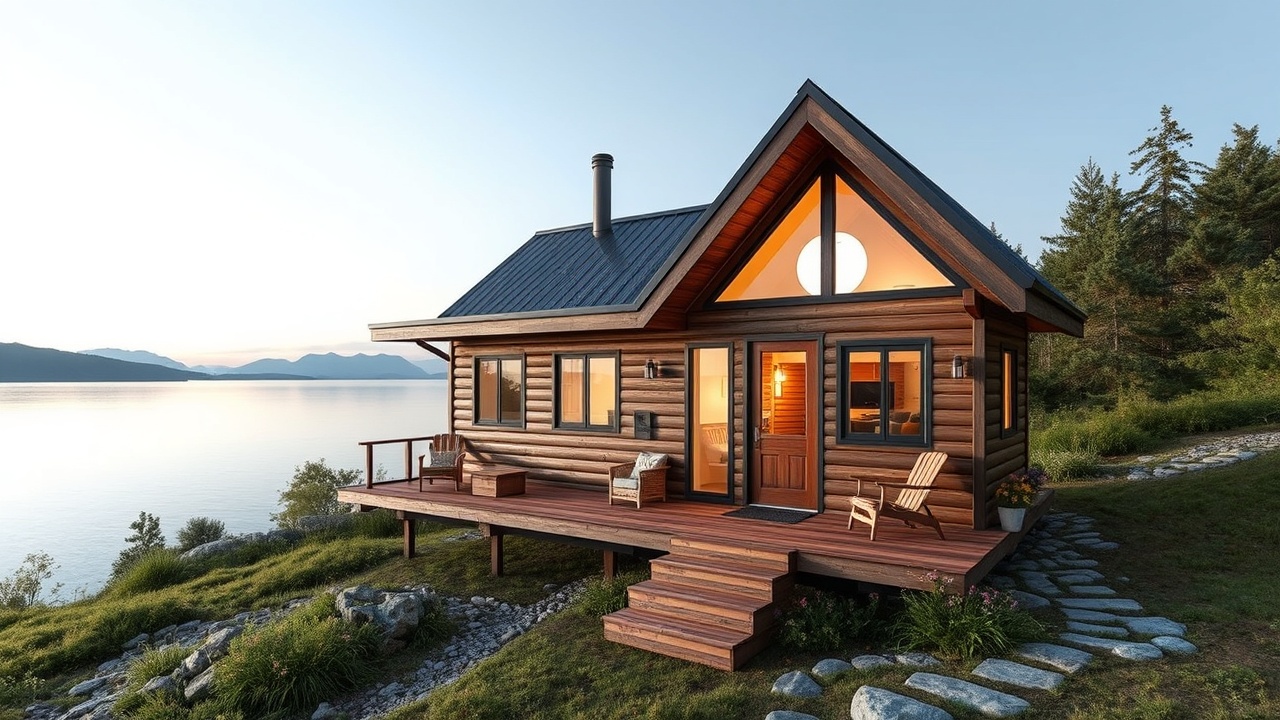
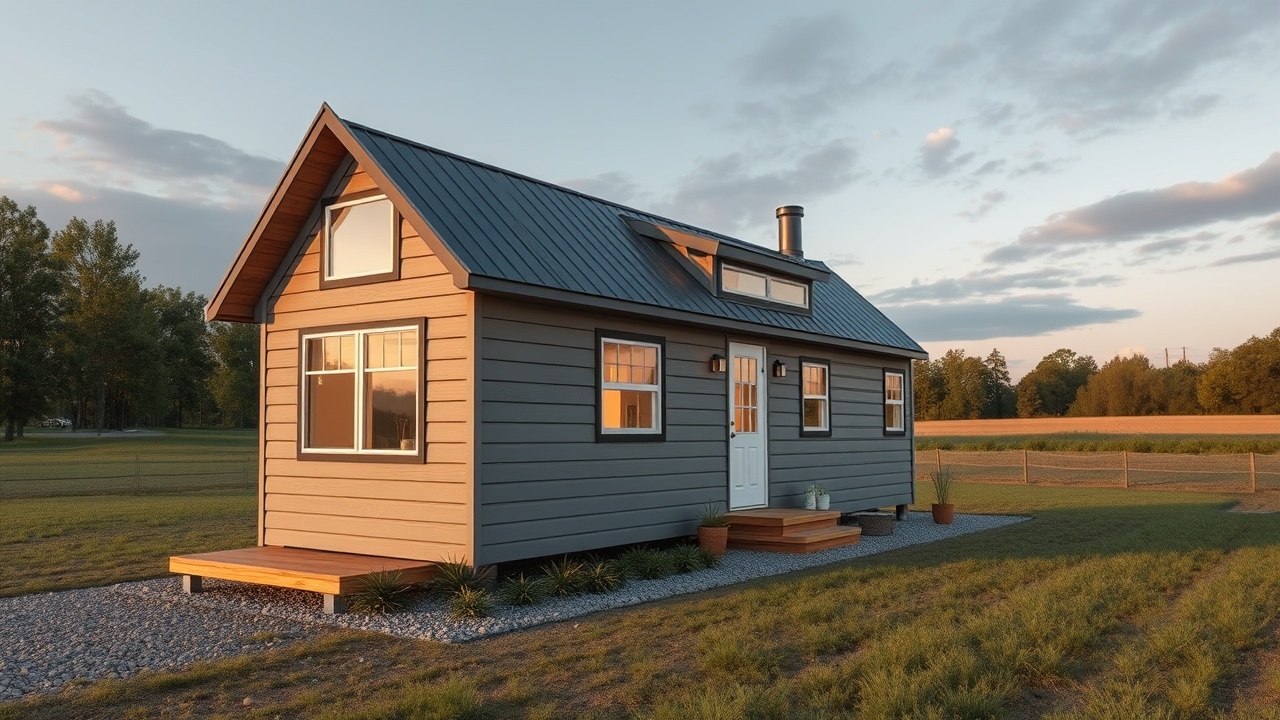
Leave a Reply